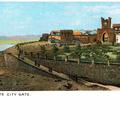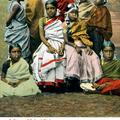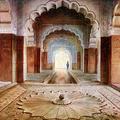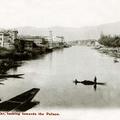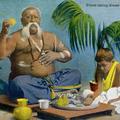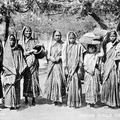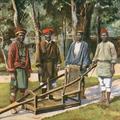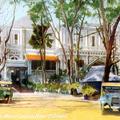The Chief's [Aitchison] College, Lahore
Better known as Aitchison College, the name it was given shortly after the foundation stone of this building was lain in 1886, "Chief's College" still continued to be used long afterwards given that it was originally founded in Ambala as a school for

![The Chief's [Aitchison] College, Lahore The Chief's [Aitchison] College, Lahore](https://www.paperjewels.org/sites/default/files/styles/square_thumbnail/public/slides/aitchison-college_0.jpg?itok=nEdo5MIb)
![Rumi Darwaza [Gate] Rumi Darwaza [Gate]](https://www.paperjewels.org/sites/default/files/styles/square_thumbnail/public/slides/rumi-gate_0.jpg?itok=C5qqmJk9)
